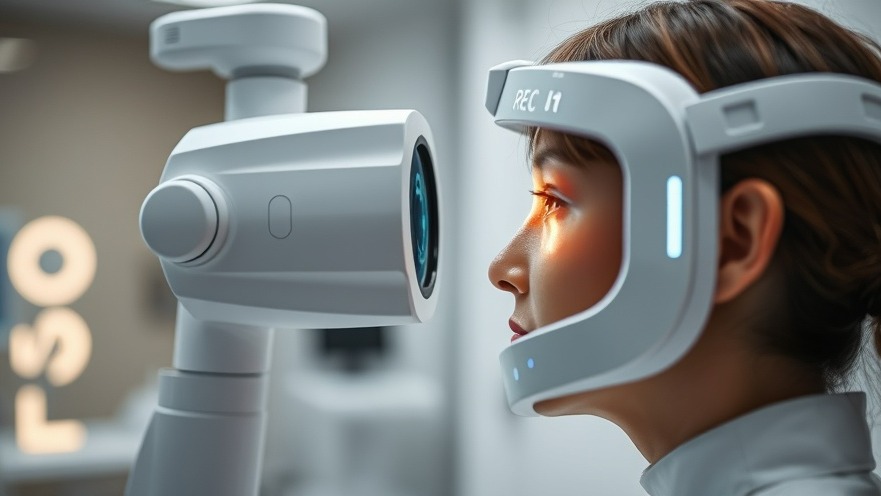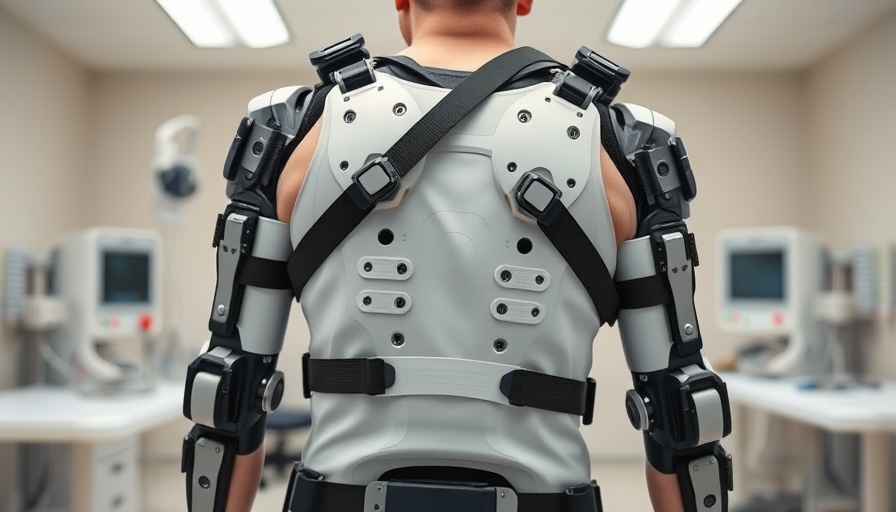
Transforming Eye Care Access with AI Technology
For countless Americans, routine screenings that can safeguard vision remain elusive. Identifeye HEALTH is tackling this issue head-on with its recent launch of an AI-powered retinal screening platform. By harnessing advanced technology, this compact, app-based system aims to deliver necessary eye care directly to patients through clinics and community programs, bringing a critical healthcare service closer to those in need.
Understanding the Impact of Missed Screenings
According to recent statistics, more than 40% of Americans diagnosed with diabetes fail to receive their annual eye exams. This alarming trend poses significant risks, as diabetic retinopathy stands as the leading cause of preventable blindness among working-age adults. With diabetes-related complications on the rise—projected to double globally by 2050—the demand for accessible and efficient retinal screenings is urgent.
The Role of AI in Enhancing Patient Care
Identifeye's innovative platform not only expands access but also improves clinical workflow. With an FDA-registered device, the identifeye Camera allows nurses and medical assistants to capture high-quality retinal images swiftly, aided by real-time guidance that minimizes the need for extensive training. As healthcare providers look to technology to boost their capabilities, this platform exemplifies how digital tools can streamline patient interactions and enhance medical services.
Empowering Convenience for Health Practitioners
Concierge health practitioners often juggle numerous responsibilities in their practice while facing pressing challenges to integrate new tech solutions. Identifeye HEALTH recognizes this and addresses those concerns by providing an intuitive system that aligns with the hectic pace of healthcare. Its user-friendly design means practitioners can spend less time troubleshooting technology and more time focusing on patient care, ensuring that their community receives the attention it deserves.
Collaboration and Community Engagement
The launch of identifeye's platform is not just about technology; it symbolizes a broader movement toward engaging underserved communities. Collaborations with initiatives like Remote Area Medical (RAM) in Ohio and Dare to C.A.R.E in Maryland showcase the proactive steps being taken to bridge gaps in care. Such partnerships not only enhance service delivery but also foster trust and cooperation in local areas, ensuring that even rural or underserved populations receive crucial health screenings.
Future Trends in Eye Health Technologies
As we look to the future, the integration of AI in healthcare is set to redefine patient experiences. Technologies like the identifeye Camera may soon become standard in practices across the country. This transformation could lead to earlier diagnoses, improved patient outcomes, and a significant reduction in preventable eye diseases. For health practitioners keen on solidifying their positions as leaders in the community, integrating such innovative solutions into their practice could provide a competitive edge.
Conclusion: Elevate Your Practice with New Technology
As the launch of identifeye HEALTH's AI-powered retinal screening platform illustrates, new technologies offer an opportunity for health practitioners to elevate their practices and positively impact their communities. Embracing these advancements can be crucial for those looking to enhance their offerings and secure their reputation in the healthcare space. As a concierge health practitioner, staying informed and adapting to technological shifts will position your practice for sustained success and fulfill a vital role in public health.
If you're eager to enhance your practice and stay ahead in the evolving landscape of healthcare technology, consider exploring how AI-powered solutions can transform your approach to eye care and patient engagement.
 Add Row
Add Row  Add
Add 




Write A Comment